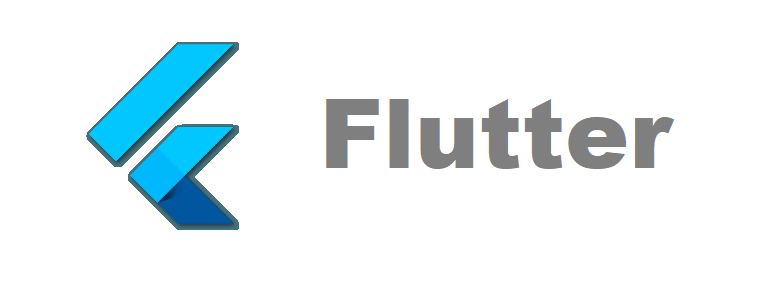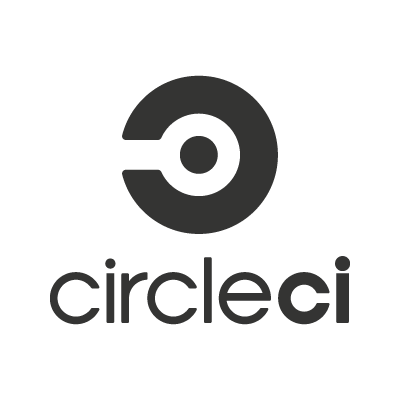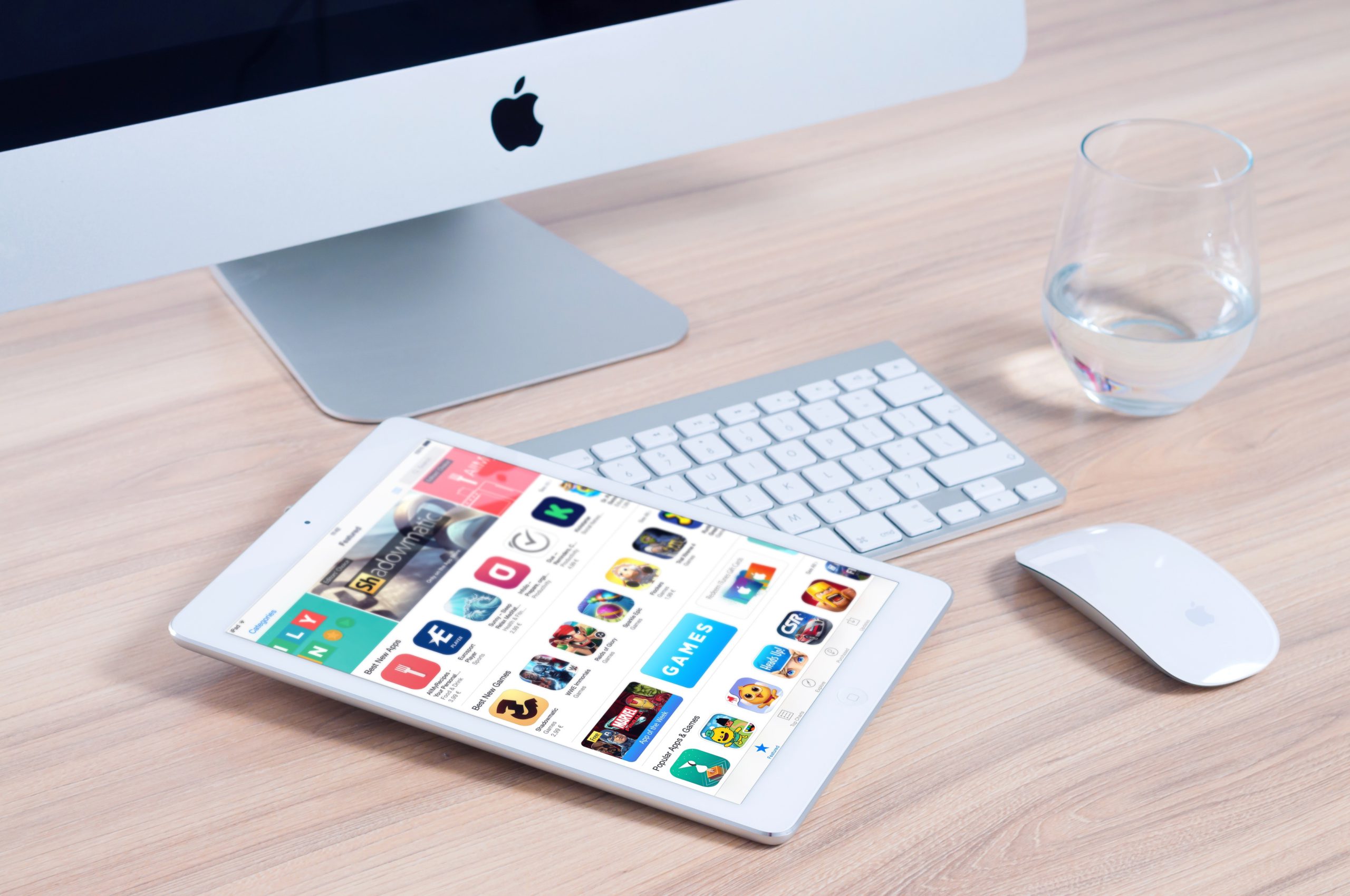If you are a mobile developer who wants to bring an existing Android or iOS application to a new platform, then you must consider building it using Flutter. You can build it using any other language like Kotlin, Java, Swift, C#, etc. which makes it fairly easy to use.
Flutter is a new mobile app SDK that reduces the amount of code by 50% and lets you build apps for both Android and iOS. It is not a wrapper around the native controls, but it offers something much more powerful: amazing material design, widgets compiled into fully native applications. It enables developers to use a rich set of widgets, fast development cycles and flexible User Interfaces.

All About Flutter
Flutter was built from scratch to address the issues Google faced with its two major platforms:
- Slow iteration cycle because compilation takes too long.
- Harder for developers to create high-performance user experiences due to insufficient tools.
Most Flutter apps can be built in a matter of minutes. Flutter’s hot reload allows you to view your app changes instantly without forcing you to compile the entire project. It will save you so much time that it will seem like magic when transitioning from a native Android or iOS to Flutter because it is similar to developing an app on the native platform.
During I/O 2018, Google announced Flutter 1.0 – the first stable release of Flutter, which has 100% API compatibility with both platforms, iOS and Android APIs.
How Flutter Works
Flutter uses the concept of building ‘skins’ for different phone sizes. For example, say you have a text view and want to display that text in a box when the screen size is large enough. You could use the Text widget and specify Box<Widget> as the child.
But what if you want to target the desktop? Flutter uses Renderer, which is a platform-style engine that converts widgets into native widgets on each platform. It uses Skia Graphics as the rendering engine, allowing it to compile for many platforms at once.
Flutter also has its form of platform abstraction, but because it is not built on top of existing Android or iOS code, it can make better use of some APIs (for example, Resource DLLs; Swift generics). This results in smaller APKs than Xamarin or PhoneGap/Cordova apps.
Benefits of Flutter
Excellent Performance
Flutter is pretty ahead of the game when it comes to performance. It renders 60 frames per second even on Android 3 devices, and even with devices as old as Nokia N1, it renders smoothly. It has a different architecture that allows widgets to render very fast (and this can be seen in benchmarks).
This kit does not use traditional “window-based” views with fixed dimensions and positions. Its User Interface is drawn directly onto the screen using the Skia graphics engine. This concept makes it faster than other frameworks which use the concept of window-based views! Flutter apps come bundled with their widget toolkit that lets you build your layouts quickly and intuitively.
Saves Your Time and Money
Flutter is free and open-source. It uses reactive programming, which helps you avoid unnecessary operations. Its Hot Reload makes it easy to see your updates instantly without compiling a new app. Apps built with flutter are compiled into native code, making them very fast and responsive, just like a regular iOS app!

Compatibility
This is compatible with both Android and iOS. It is Google’s fastest-growing mobile app framework for building high-performance.
Quick Development Thanks to Hot Reload:
Flutter allows developers to reload the app on a real device while it is still running in the background. As Flutter uses compilers, it can take care of compiling and packaging the app into a single apk file before deploying it on a real device or an emulator without making any application restart which saves time.
Flutter’s ability to let developers create widget libraries: Flutter supports library creation, for example, Fluttershaw provides different widgets like floating action buttons, circular progress bars etc. It also has User Interface components that can be customized with themes and colours using the AppCompat theme.
Designer Friendly
Flutter comes with ready-made widgets which can be easily customized from the app’s lookbook. It also supports Material Design, and the apps can be designed using Adobe Photoshop, Sketch etc.

Developers Friendly
Flutter uses the language Dart as its primary programming language. It makes the development easier as compared to other cross-platform mobile app development frameworks like React Native or Xamarin. This toolkit has a rich plugin library called Pub containing a huge amount of plugins like Firebase integration, analytics, authentication etc.
Why Choose Flutter on Your Next Project
Flutter SDK contains an engine that renders your app on different platforms, and at the same time, its SDK also includes a framework. This development kit has a rich widget library that provides many ready-made components like image scrolling lists, navigation drawer, action sheet etc., so developers do not have to write them from scratch.
Flutter Uses Firebase as a Backend
Flutter uses FlutterFire, which is the official plugin for Firebase. It is a reliable and scalable backend solution that is suitable for mobile, web and server applications. Flutter app developers need not spend time building the complex backend logic as FlutterFire saves their precious time.
Support for More Than 40 Languages
Flutter supports app development in 40+ languages, with C/C++ being a first-class language. It also allows you to access native platform APIs written using Java, Objective-C or Swift for iOS and Android apps. The compilation is faster than the traditional rendering engines such as the WebView. This toolkit offers more responsive animations compared to the Apple UI toolkit that provides an option of using Dart in place of JavaScript. It can be convenient if developers have experience writing Kotlin or Java 8 code; while designing applications too at some point.

The Best in Class (Cross-Platform) Performance and Resource Consumption
Flutter apps are compiled into native code, and the team puts a lot of effort into each engine to achieve the best in class performance. Flutter app is all about widgets, so it uses the widget tree model for its rendering engine. The app’s performance is almost close to the Native iOS or Android app experience.
Better Developer Productivity
Flutter apps are written in a programming language, which is very similar to the languages like Java, Swift, and Kotlin. It further compiles into native code for mobile devices, so you do not have to use cross-platform solutions that compromise on performance or development flexibility.
Low-Cost App Development
Flutter provides a rich set of bundled functionality, which eliminates the need for developing every feature like network, storage, etc. It comes along with an extensive widget catalogue and has large community support. You can just implement the current technology trends by creating an app using this toolkit and improve your ROI further.
Simple Logic Implementation
Flutter lets you code in an expressive language, and even as a beginner, you can implement the app logic. It is built with an adaptive layout system, desktop-quality animations, rich graphics and a broad selection of code examples to help Flutter developers get started.
Image Source Documentation
It has well-documented documentation which explains every aspect of Flutter very clearly. It is an open-source project, so it regularly receives contributions from the community and their team members. Every single commit goes through a code review before it goes live. It ensures that the quality code gets into a master branch, where other developers can benefit from it without any hiccups.
Quicker Time to Market
Due to Flutter’s reactive programming, the app development speeds up the development process and enables it to iterate the design rapidly. It offers built-in hot reload feature support which allows developers to add or remove features from flutter apps. Developers can see the changes immediately without restarting their devices or anything else. Its SDK also provides a stateful widget framework that allows them to keep track of each widget’s current state, so they do not have to write boilerplate code for data management.

Examples of Flutter Apps
Flutter is not a new name among developers. It is because Google and Alibaba have already used it to develop their apps. The apps provide a quick development process for cross-platform application development, giving high user satisfaction with a single codebase for all different types of platforms such as mobile and web devices. Flutter also uses its UI library named “Cupertino”, which has built-in support for designing your app without worrying about different screen sizes or orientations.
Alibaba
Flutter is currently being used by Alibaba and is expected to be expanded across all their platforms, such as Taobao, Fliggy, Alipay etc. It is replacing the current cross-platform development technology based on WebViews and Java with Flutter’s Dart language.
Cadooz
Flutter enabled Cadooz to create their product in three weeks, which is very low compared with Android’s two months and iOS’s six months. Being an interactive widget, Flutter allowed them to iterate on every individual screen extremely quickly.
CircleCI (Product Company)
Flutter helps CircleCI achieve quick iteration cycles; they can build and test a Flutter app in one command without having to set up multiple emulator instances or devices. The Flutter team has created a great framework that allows developers to learn how to code in less than 10 minutes using the Hot reload.

Watermaniac
Watermaniac is the first Flutter app to add Google Duo’s Face-to-face video call feature to its mobile app. This toolkit gave them tremendous speed and flexibility, providing a fantastic user experience in their apps. It allowed Watermaniac to focus on its core product innovation rather than waste time building two separate native applications. Flutter is providing 15 per cent of revenue from iOS and 85 per cent from Android. They use this toolkit as much as possible to build features quickly that will retain existing users.
Hookle (Social)
Hookle is a social media aggregator for small businesses. The company adapted Flutter to give them a head start on new platforms. By using it, they are delivering a high-quality experience to their users. The launched app is well-designed quickly and inexpensively.
Flutter is also used by many other clients such as Walmart, Tesco Bank or Tesla Motors.
Final Thoughts
Flutter is one of the most forward-thinking mobile technologies out there. As with every technological innovation, it has limitations. Still, its many benefits surpass any shortcomings and Google’s backing means it will likely dominate cross-platform mobile app development in a short amount of time.
Google released new updates which will allow developers to access macOS, iOS 13 visual changes and API improvements. Current stable releases include a function of generating web content with HTML, CSS, and JavaScript. With this capability being made public by the beta stream these modifications open an avenue for Flutter to compile mobile and web platforms from a single codebase.
It has become popular among app developers, especially now that Google is hard at work perfecting the Fuchsia OS. Surely, Flutter will soon be the next big thing in mobile development.
